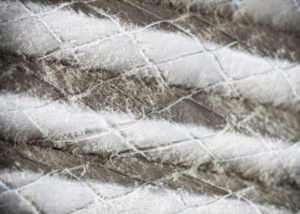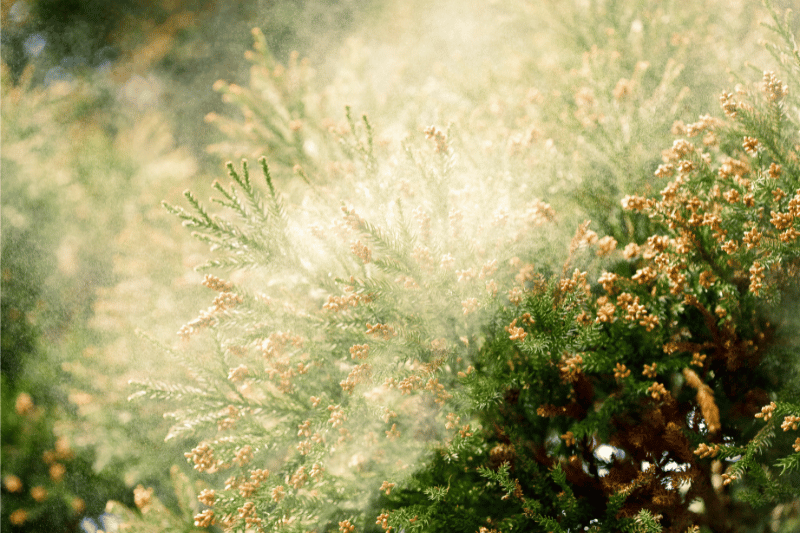If you’ve lived in Central Texas for a while, chances are you’ve experienced the dreaded “cedar fever.” Mountain Cedar allergy season starts in late December and can last until March. The most severe months are usually December and January, which is when the cedar’s pollen counts are at their peak. The symptoms of cedar fever are similar to those of a cold: sneezing, itchy eyes, a sore throat, and general fatigue.
Nobody wants to experience those nasty symptoms, so below we’ll share 5 easy ways to reduce your cedar fever allergies this winter:
- Keep doors and windows closed
- Bathe pets frequently
- Use your HVAC system on high pollen count days
- Change your filter regularly
- Consider a whole-home air purifier
We’ll go into more detail about each of these tips below. Want cedar fever relief? We can install an air purifier for your San Antonio home. Call Today!
Tip #1: Keep doors and windows closed
This one is kind of obvious, but it’s always a good reminder to keep your doors and windows closed during these months—especially December and January—when pollen counts are highest.
Tip #2: Bathe pets frequently
Pets’ fur is a perfect home for all kinds of airborne debris, including pollen. As they move around your house and cuddle next to you, your pets can transfer pollen to your clothing, furniture and skin—which can cause you to catch cedar fever.
Cats usually clean themselves fairly well, and most experts suggest only bathing them every 4 to 6 weeks. However, if you have a dog, it’s usually a good idea to bathe it every other week during the high-pollen count months—especially if your dog spends a lot of time outside.
Tip #3: Use your HVAC system on high pollen count days
Your HVAC system has a built-in pollen catcher: the air filter. But it only works if your A/C or heating system is turned on.
Here’s why: When your AC or heating system is running, the system pulls air from inside your home to be cooled/heated. All of this air passes through the air filter, which catches large airborne particles such as pollen. The purpose of the filter is to catch these particles so they don’t clog up your HVAC system or get pushed back into your home’s air.
So even if it’s a relatively mild day in terms of temperature, we recommend running your HVAC system for at least an hour or two if there is a high pollen count that day.
Tip: You can get pollen count updates on sites such as pollen.com. Just put in your San Antonio zip code and see what the pollen forecast is for the day.
Tip #4: Change your air filter regularly
Over time, air filters get clogged with too much debris. When this happens, the filter stops catching tiny particles like pollen, which end up staying in your home’s air.
Besides the loss of effectiveness, a dirty filter is also bad news for your HVAC system. Not changing your air filter regularly can lead to higher energy bills and put extra wear and tear on the system, resulting in expensive repairs.
Check your air filter every month during Mountain Cedar season. If the filter starts looking like the one below, it’s dirty and it should be replaced.

Tip #5: Consider a whole-home air purifier
Installing a whole-home air purifier is a great way to avoid cedar fever.
These air purifiers are generally installed in your HVAC system, and work with your air filter to kill and remove airborne pollutants.
One type of whole-home air purifier that is effective at removing pollen is called an ionic (electronic) air cleaner. This air purifier is comprised of a media filter that has an electronically charged metal layer. As air passes through this layer, airborne contaminants (such as pollen) become positively charged, which forces them to cling to the filter instead of going back into your home’s air.
To learn more about the ionic air cleaner we install, the iWave, visit iwaveair.com.
Interested in a whole-home air purifier? Call Today!
One of our air quality specialists can visit your home to provide a recommendation on an air purifier that will help combat cedar fever. Learn more about the air quality services we offer.

